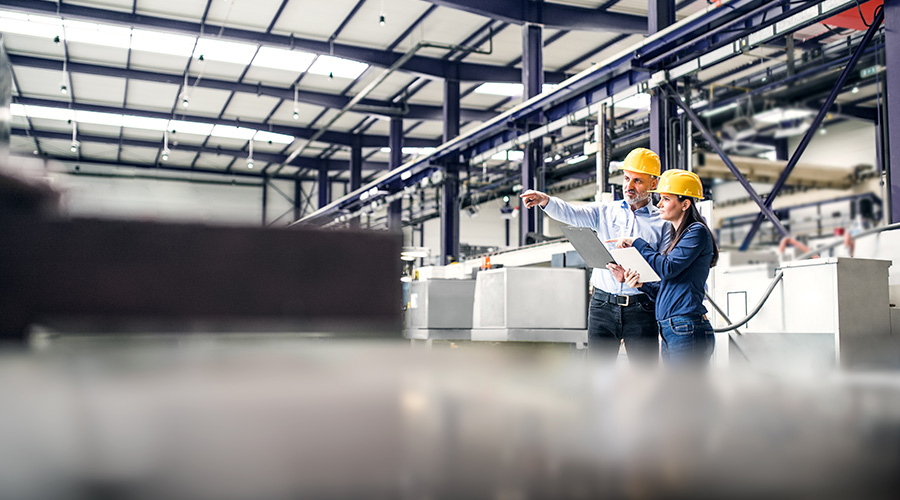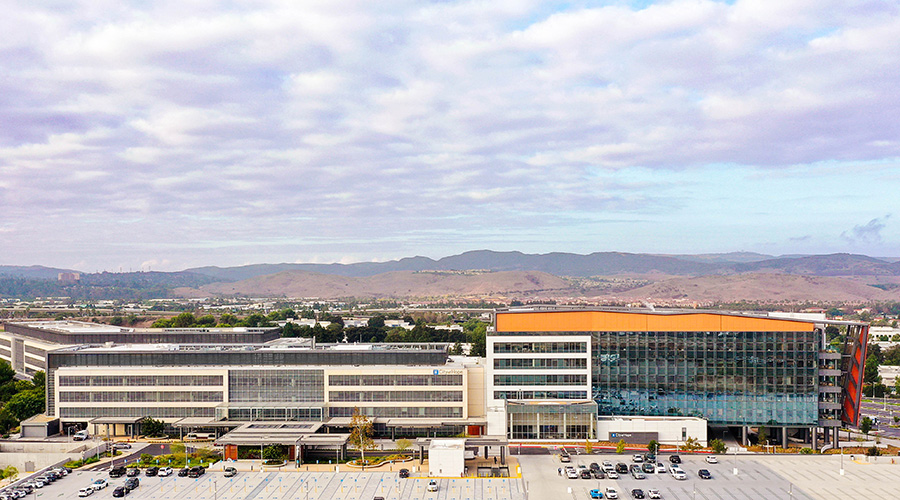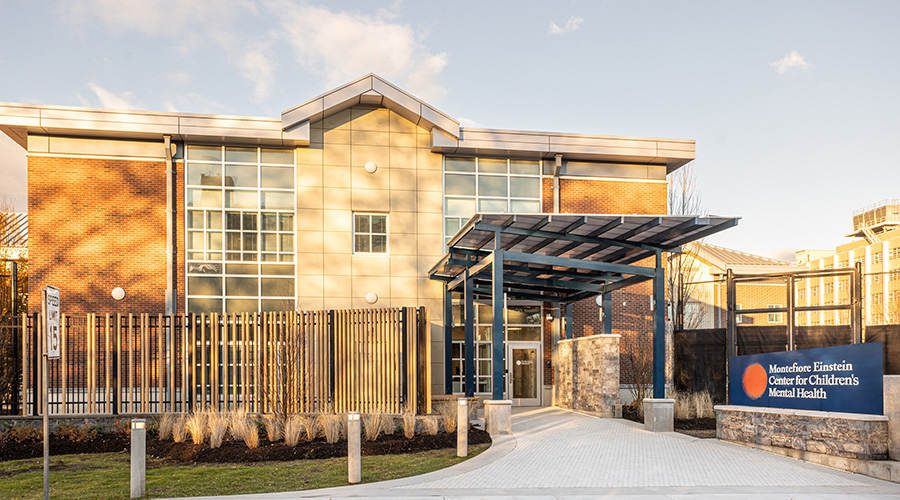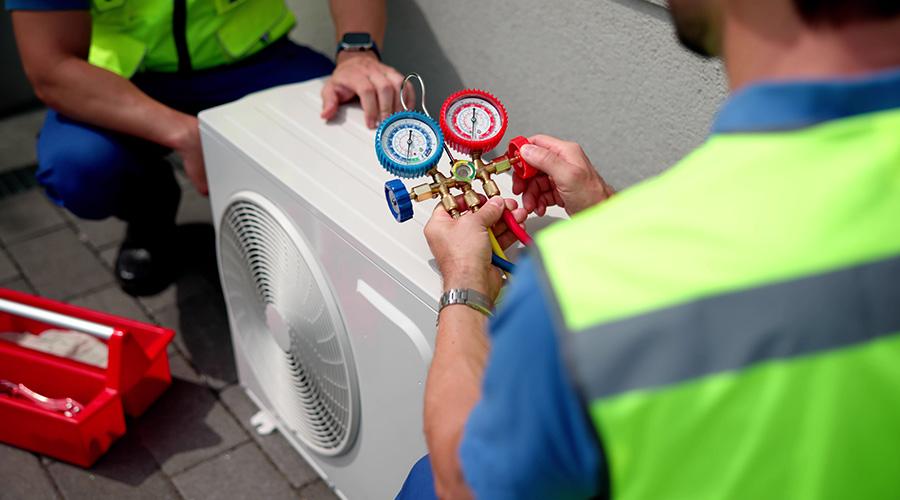Healthcare organizations are paying greater attention than ever to the design of their facilities. The driving forces behind this focus on design range from fallout from the COVID-19 pandemic to ongoing research linking design elements such as natural light and open spaces to improved patient outcomes.
For Jiayin Li, these and other healthcare design issues are shaping her career choice in important ways. A junior at Cornell University, Li is the 2025 recipient of the International Interior Design Association’s New York Chapter’s Hazel Siegel Scholarship. She says she is passionate about creating spaces that support health, well-being and functionality. She recently discussed her ideas on healthcare design with Healthcare Facilities Today.
Healthcare Facilities Today: How and when did your interest in healthcare facilities design begin?
Jiayin Li: My interest in healthcare and senior living design developed through my major, which combines design, environmental psychology and the study of how physical spaces impact mental and emotional well-being. I’ve always been fascinated by the way environments can influence how we feel and heal, and healthcare felt like a natural area to explore that connection more deeply.
This year, I had the opportunity to intern at the Engineering Design and Innovation Centre at the National University of Singapore, where I focused on hospital system design. My current project focuses on developing a computer vision-based system to track surgical tools in real-time, aiming to reduce manual errors.
As part of this work, I’m conducting site visits to hospitals in Singapore to test the device and gain insights into the aging medical workforce. The work has been a unique intersection of healthcare, technology and human-centered design, and it’s helped me see firsthand how thoughtful systems and environments directly impact care efficiency and safety.
Related Content: How is Artificial Intelligence Being Used in Healthcare Architecture?
HFT: What have your experiences with healthcare facilities so far taught you about the future needs of their design?
Li: My experience working within healthcare systems has shown me how the built environment directly impacts how doctors, nurses and other medical professionals perform their work. Through my internship, I’ve come to understand that the future of healthcare design must be more human-centered, data-informed and sustainable.
During my research, I learned of several incidents involving equipment failures during surgery, one notable example being the use of unclean blades, which posed serious risks to patient safety. These issues, caused by inefficient sorting of surgical tools, are a key focus of my internship and highlight the need for healthcare design to extend beyond patient recovery spaces to include the full scope of clinical operations. It must also be aligned with clinical workflows, hygiene protocols and real-time operational needs.
In many medical facilities, spaces like surgical preparation, recovery rooms and staff coordination hubs, receive minimal design attention, despite being critical to the efficiency and quality of care. These spaces are where healthcare professionals spend long hours performing high-precision tasks and getting needed breaks. Adequate task lighting, visual clarity and biophilic design elements — such as access to natural views or calming color palettes — can play a significant role in reducing eye strain and enhancing concentration through stress reduction. Investing in the thoughtful design of these back-of-house areas can lead to measurable improvements in productivity and staff satisfaction.
Dan Hounsell is senior editor for the facilities market with Trade Press Media Group. He has more than 30 years of experience writing about facilities maintenance, engineering and management.
Editor’s note: This is part one of a two-part article.

 State of the Facilities Management Industry in 2025
State of the Facilities Management Industry in 2025 City of Hope to Open New Cancer Specialty Hospital in California
City of Hope to Open New Cancer Specialty Hospital in California Montefiore Einstein Opening New Inpatient Center for Youth in the Bronx
Montefiore Einstein Opening New Inpatient Center for Youth in the Bronx Skill Stacking: How Micro-Credentials Are Reshaping Trades
Skill Stacking: How Micro-Credentials Are Reshaping Trades Prima Medicine Opens New Location in Tysons, Virginia
Prima Medicine Opens New Location in Tysons, Virginia